
Vatcian Basilica, vestibule of the Chapel of the Presentation of the Virgin, foreshortening of the dome and the nave.
An interview with Paolo Di Buono, head of the Vatican’s Mosaic Studio.
Not all visitors to the most important church in the Christian world realize that the vast majority of the images are not paintings, but mosaic replicas of famous Renaissance and Baroque paintings. The Basilica’s only large painting can be found in the Chapel of the Blessed Sacrament: it is a work by Pietro da Cortona representing the Holy Trinity. For centuries St. Peter’s Mosaic Studio has maintained this enormous treasury of mosaics — more than 33,000 square feet of them. Now, after several years’ labor, the mosaic artists there have finished putting the final touches on restoration and preservation work for the Basilica: this is the perfect occasion to chat about this unique Studio with its director, Dr. Paolo Di Buono.
How did the Vatican’s Mosaic Studio come into existence? Could you give us a quick history?
Paolo Di Buono: The Vatican Mosaic Studio was created as a legal authority in 1727, during Benedict XIII’s pontificate, but there really had already been an active group of mosaic artists in St. Peter’s Basilica since the end of the 1500s, for decorating the domes and the altarpieces of what was the most important church in Christendom, which at that time had just been built.
How extensive is the Basilica’s wealth of mosaic artwork?
Di Buono: The Basilica’s treasure of mosaics is truly impressive: we estimate it to total about 33,000 square feet, if we count the surface of the 11 domes and 24 altarpieces, each with their respective altar frontals.
What does your work consist of? Di Buono: The Studio is responsible for the upkeep and maintenance of St. Peter’s mosaics, meaning ordinary maintenance, such as checking up on areas that are accessible to visitors and that, unfortunately, are sometimes damaged. We also do planned projects over longer periods of time, such as the restoration of all the Basilica’s altarpieces, which we did from 2010 to 2012.
What kinds of mosaic techniques do you use in your work?
Di Buono: Generally speaking, the most common problem we face is the “detachment” of sections of a mosaic, that (luckily) remain in situ and that need to be consolidated.
The consolidation technique which has been used in the past few years derives from fresco restoration, and consists of introducing infiltrations of special glues that allow the damaged portions to be reattached to their bases. After “mapping out” a design of the work, we start from the bottom and work our way up, making small punctures between the tesserae (the mosaic stones), and then using syringes to fill the puncture holes with glue.
Once the glue has dried, we continue upward and repeat the process on another portion, until, finally, we have completely consolidated the whole mosaic. A delicate final cleaning of the surface, with ammonia salts, gives the tesserae back their brilliance.
Can you tell us about the mosaic styles created in the Studio?
Di Buono: The Studio has always been proud of its work in carrying out all the various styles of mosaics with all the different techniques. In the years of training of a mosaic artist, which each of us here at the Studio passed through, every different technique is taught. We all become familiar with each of the various artistic expressions.
Generally, an aspiring mosaic artist starts by creating “cut” works, inspired by Roman iconography. The tesserae are cut using a small hammer, or martellina, an instrument that has been used by mosaic artists since antiquity. After mastering this form, the aspiring artist will begin creating works that take inspiration from medieval Byzantine art, and in this case the tesserae are cut from smalto, colored glass fused with metal oxides. Finally, the artist learns the spun glass technique, mixing the colors at extremely high temperatures. This allows for the creation of nuances of color as can be found in an Impressionist painting. Depending on what needs to be done at any given time, all of us must be able to move from one style or technique to another.
Who receives the mosaics created by your artists?
Di Buono: Our artwork is reserved, first of all, for the Holy Father, who often, during his missionary trips, will make a gift of one of our mosaics to heads of state or religious leaders. And some of our pieces are made for private customers and collectors, who help us maintain the studio through their purchases. Most of these “supporters” are customers from the United States.

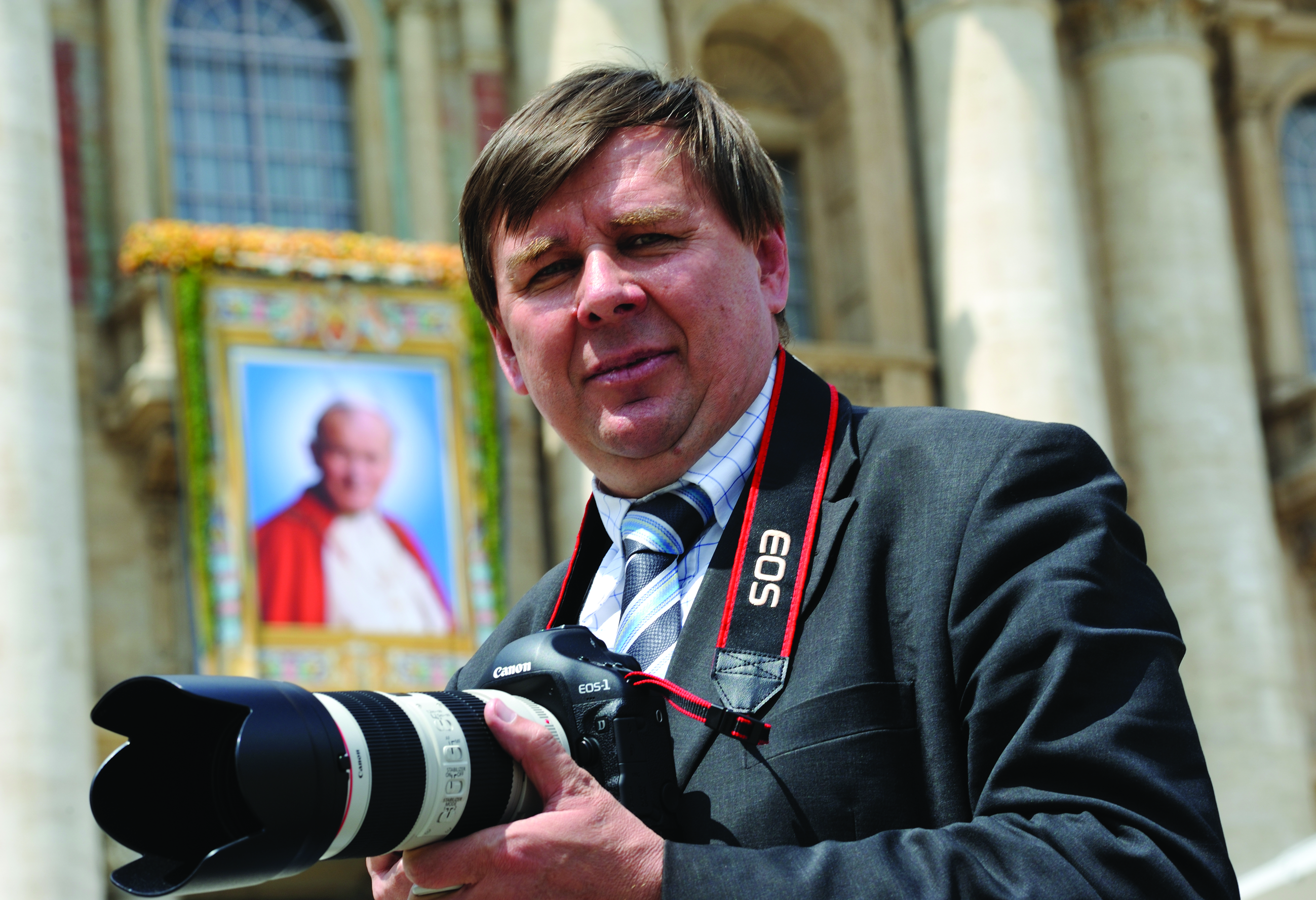
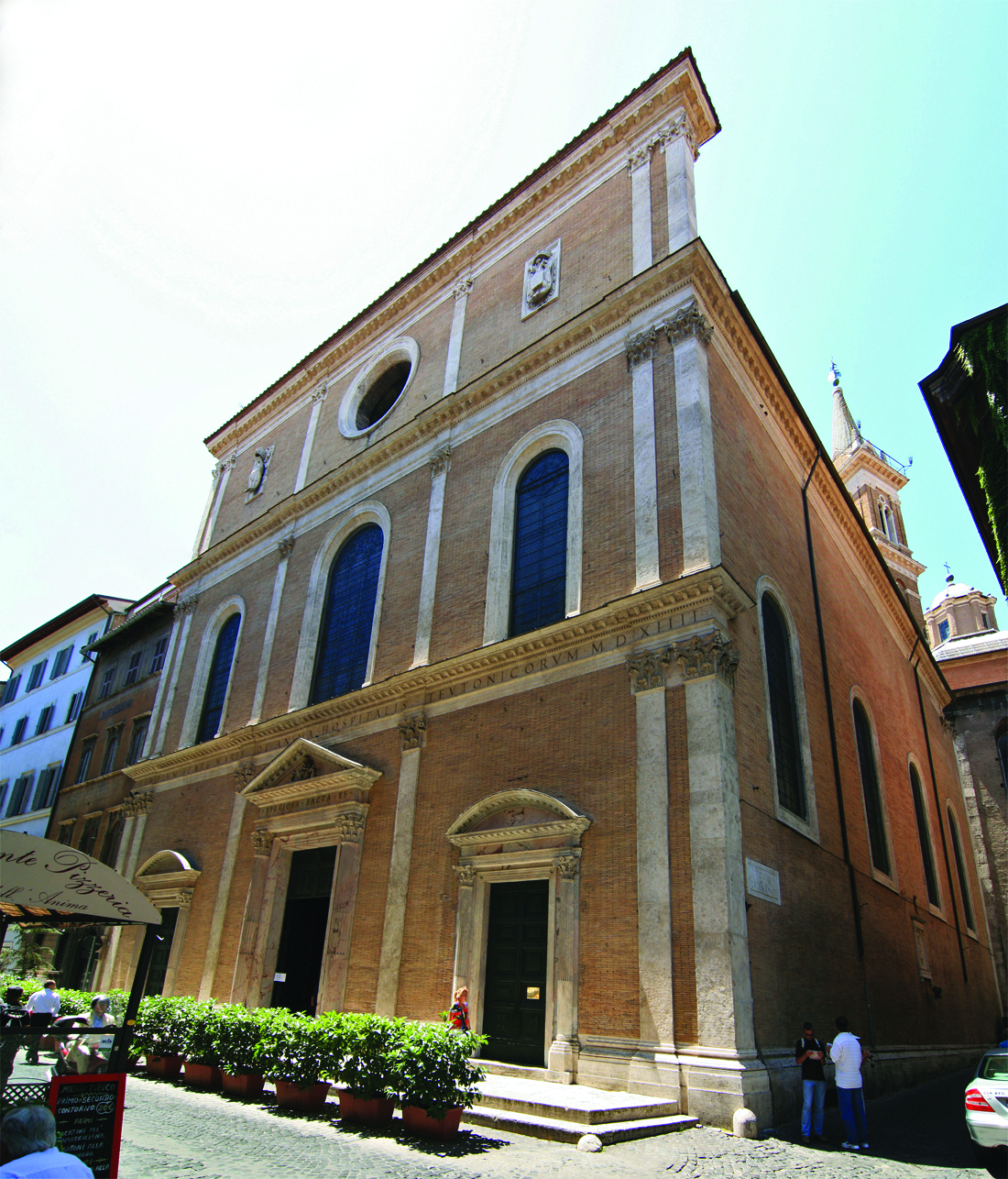
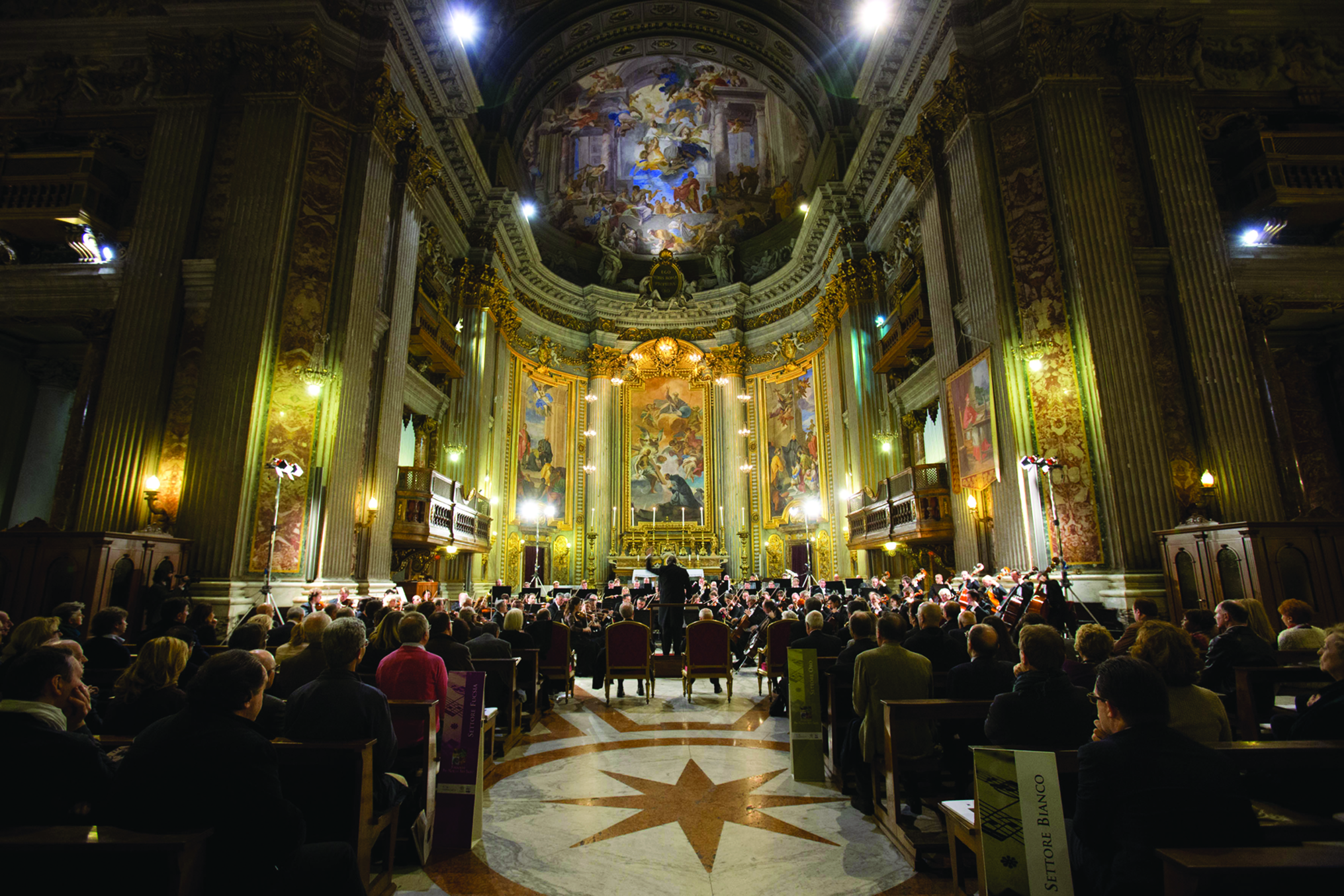
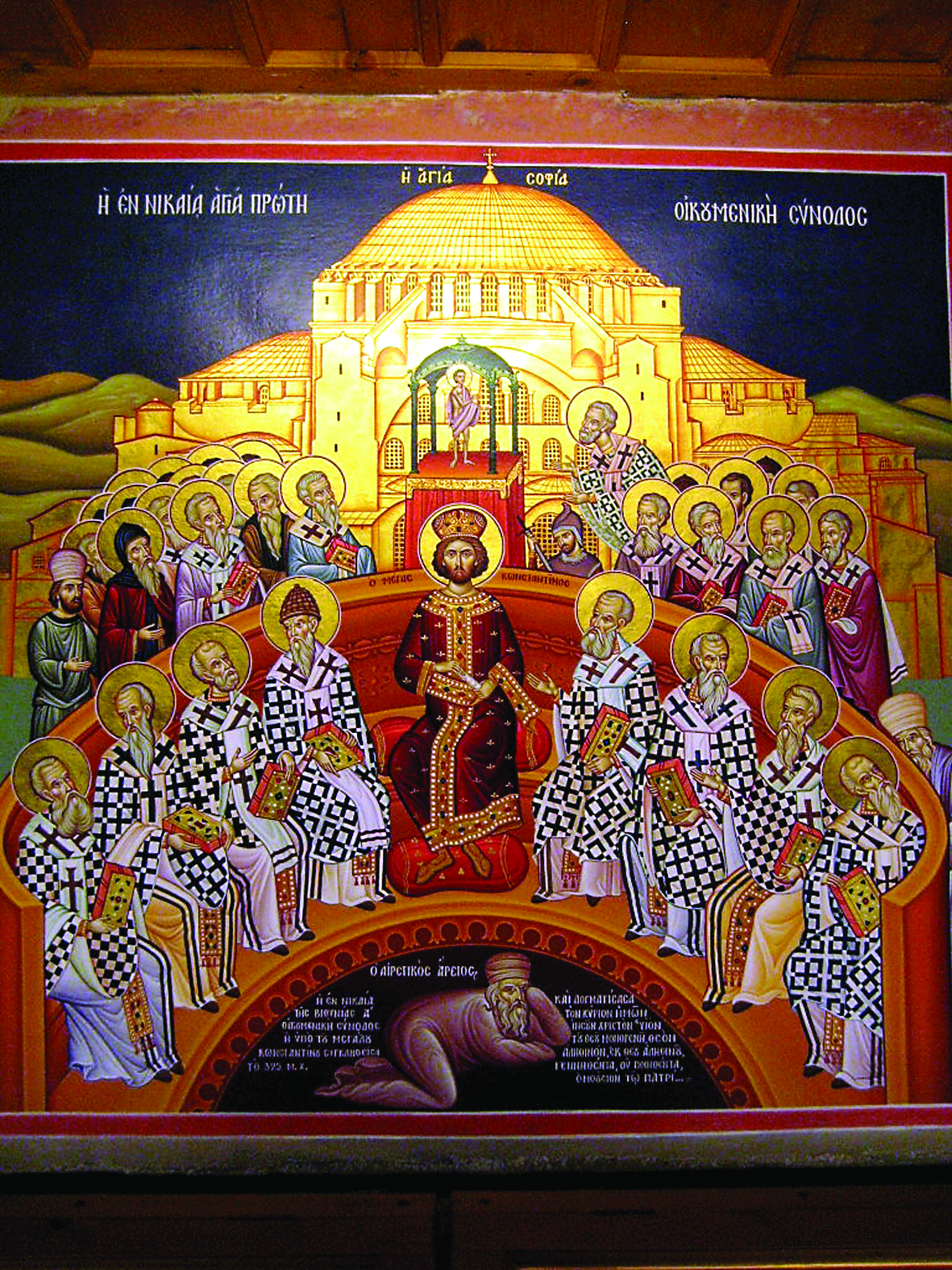
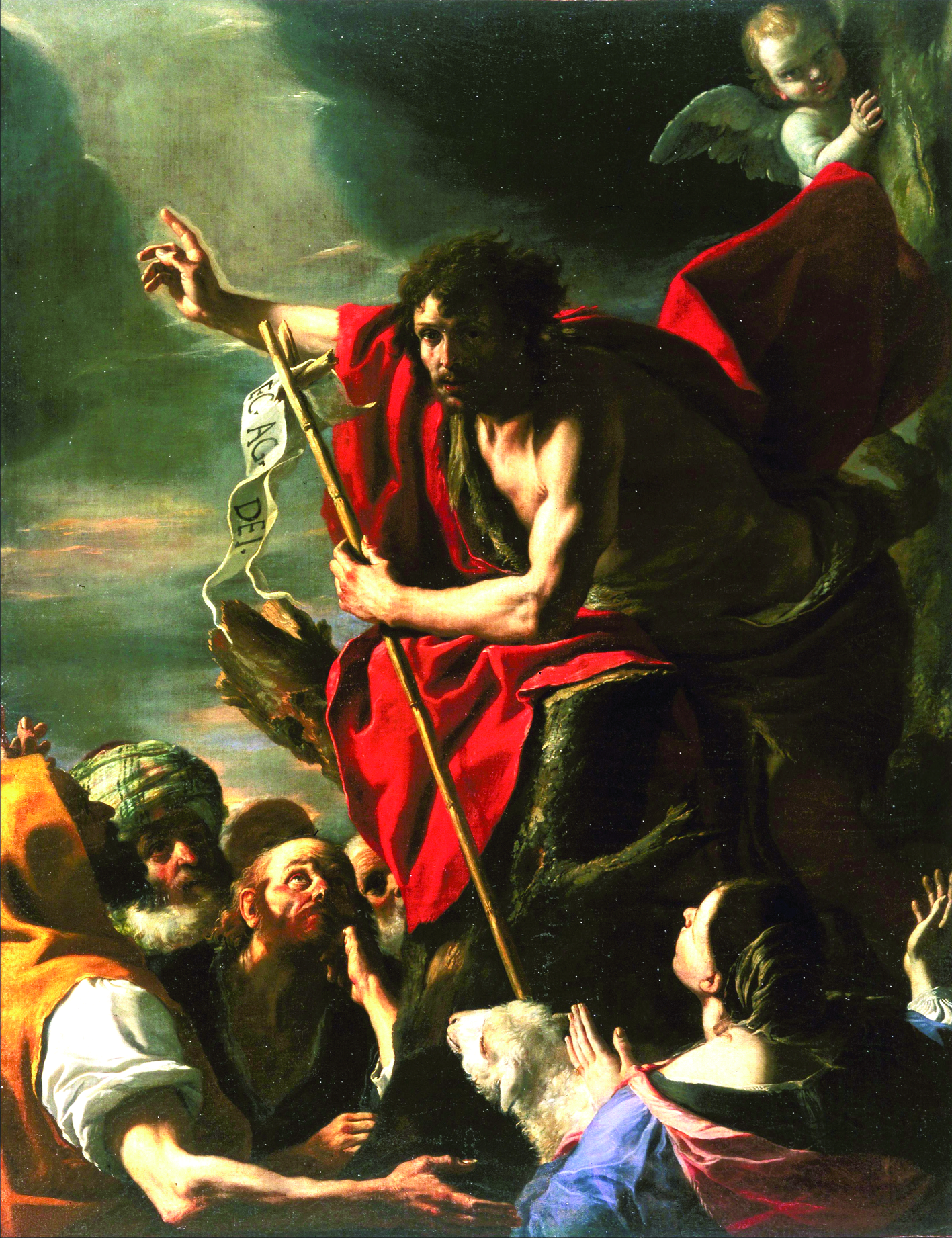
Facebook Comments